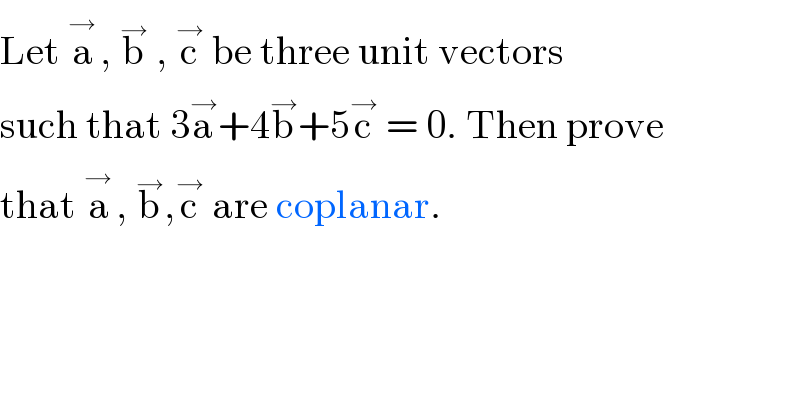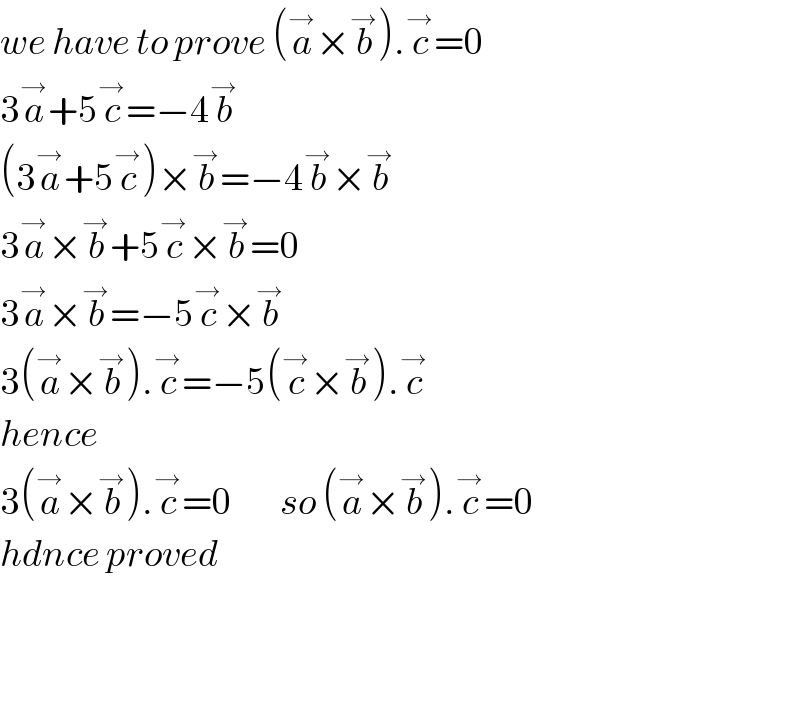
Question and Answers Forum
Question Number 42521 by rahul 19 last updated on 27/Aug/18

Answered by tanmay.chaudhury50@gmail.com last updated on 27/Aug/18

Commented by rahul 19 last updated on 31/Aug/18
thanks sir.
| ||
Question and Answers Forum | ||
Question Number 42521 by rahul 19 last updated on 27/Aug/18 | ||
 | ||
Answered by tanmay.chaudhury50@gmail.com last updated on 27/Aug/18 | ||
 | ||
| ||
Commented by rahul 19 last updated on 31/Aug/18 | ||
thanks sir. | ||